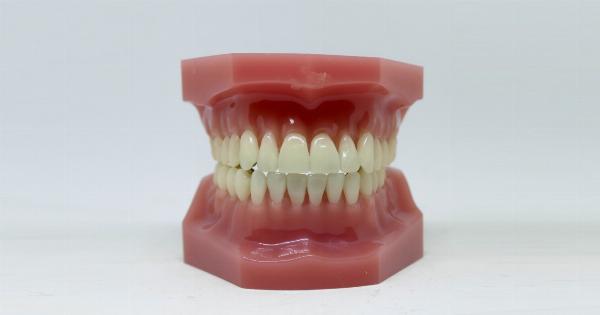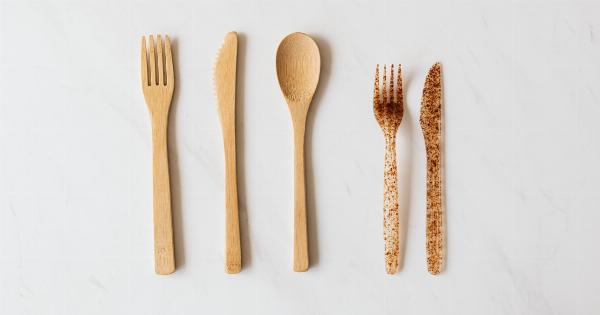Teeth whitening has become an increasingly popular cosmetic dental procedure in recent years. With a plethora of solutions available on the market, it can be overwhelming to choose the right one for you.
In this article, we will provide a comprehensive comparison of various teeth whitening solutions, highlighting their effectiveness, safety, and cost.
1. In-office Whitening
In-office teeth whitening, also known as professional teeth whitening, is performed by a dental professional in a dental clinic.
This method involves the application of a high-concentration bleaching gel on the teeth, which is activated using a special light or laser.
2. At-home Whitening Kits
At-home whitening kits are an affordable and convenient option for those who prefer to whiten their teeth in the comfort of their own homes.
These kits typically include custom-fit trays or strips that are filled with a lower concentration bleaching gel.
3. Whitening Toothpaste
Whitening toothpaste is a popular choice for maintaining and enhancing the whiteness of teeth. These toothpastes contain mild abrasives and chemical agents that help remove surface stains.
4. Whitening Mouthwash
Whitening mouthwashes, like whitening toothpaste, are primarily used for maintaining and prolonging the effects of other teeth whitening methods. They contain whitening agents that penetrate the teeth’s enamel to remove stains and discoloration.
5. Whitening Strips
Whitening strips are thin, flexible strips coated with a bleaching gel. The strips are applied directly to the teeth and left on for a specific duration, allowing the gel to work its magic.
6. Whitening Pens
Whitening pens are a convenient and portable solution for on-the-go teeth whitening. These pens contain a whitening gel that can be directly applied to the teeth. They are often used for spot treatments or touch-ups.
7. Natural Home Remedies
Some people prefer to use natural home remedies for teeth whitening. These remedies include brushing with baking soda, oil pulling with coconut oil, or rinsing with hydrogen peroxide diluted with water.
While these methods may show some results, it is important to note that their efficacy can vary and they may not be as reliable as other professional solutions.
8. Whitening Gum
Whitening gum is a novel and convenient way to maintain the whiteness of teeth. It contains whitening agents that are released while chewing the gum, gradually brightening the teeth over time.
9. LED Whitening Devices
LED whitening devices are handheld devices that emit blue light to accelerate the teeth whitening process. These devices are often used in conjunction with whitening gels or strips to enhance the effectiveness of the treatment.
10. Charcoal Powder
Charcoal powder has gained popularity as a natural teeth whitening solution. It is believed to bind to stains and toxins on the teeth, lifting them away as it is rinsed off.
However, the long-term effects and safety of charcoal powder are still under debate.
Conclusion
When it comes to teeth whitening, the best solution may vary depending on individual preferences, budget, and desired results.
Professional in-office treatments like professional whitening kits and whitening pens offer fast and reliable results, but they tend to be more expensive. Whitening toothpaste, mouthwash, and strips are affordable options for maintaining and enhancing the whiteness of teeth. Natural home remedies and charcoal powder may work for some individuals, but their effectiveness and safety should be considered.
Ultimately, consulting with a dental professional can help determine the most suitable teeth whitening solution for your unique needs.




























